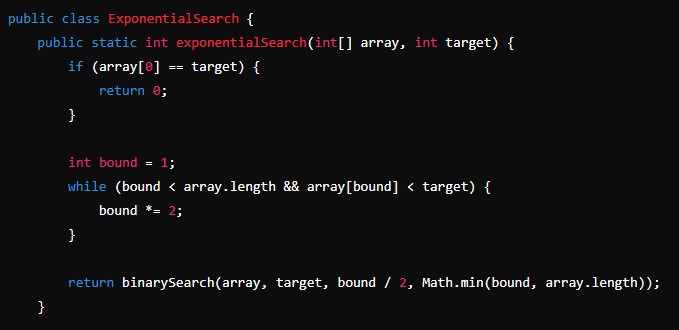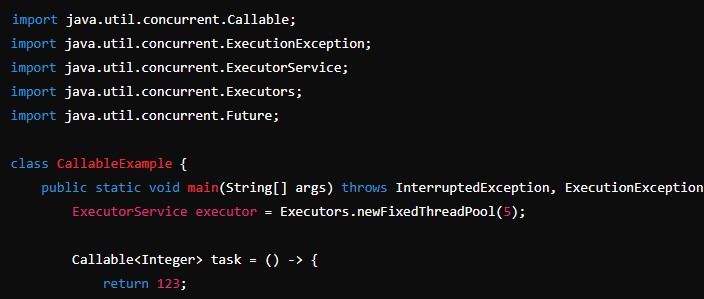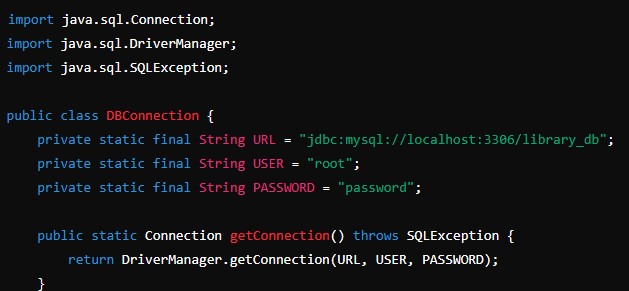Introduction
In the realm of computer science and programming, searching algorithms play a crucial role in data retrieval and manipulation. One of the most efficient and widely used searching algorithms is the binary search algorithm. This algorithm is known for its logarithmic time complexity, making it an ideal choice for searching in large, sorted datasets. This article delves into the binary search algorithm, explaining its principles, implementation, advantages, and applications.
Understanding Binary Search Algorithm
What is Binary Search?
Binary-search is a fast search algorithm with a time complexity of O(log n). It operates on the principle of divide and conquer, which involves dividing the problem into smaller subproblems and solving each one individually. The binary search algorithm works only on sorted arrays or lists, making it essential to ensure the data is sorted before applying this search technique.
How Does Binary Search Work?
Binary search begins by comparing the target value to the middle element of the array:
- Compare the target value to the middle element of the array.
- If the target value is equal to the middle element, the search is complete, and the index of the middle element is returned.
- If the target value is less than the middle element, the search continues in the lower half of the array.
- If the target value is greater than the middle element, the search continues in the upper half of the array.
- Repeat the process on the selected half (lower or upper) of the array.
- The process is repeated, dividing the array further, until the target value is found or the subarray size becomes zero.
Example of Binary Search
Consider a sorted array: [1, 3, 5, 7, 9, 11, 13, 15, 17, 19]. Let’s search for the value 7 using binary search.
- Compare 7 with the middle element 11 (at index 5).
- 7 < 11, so search in the left half: [1, 3, 5, 7, 9].
- Compare 7 with the middle element 5 (at index 2).
- 7 > 5, so search in the right half: [7, 9].
- Compare 7 with the middle element 7 (at index 3).
- 7 == 7, so the target value is found at index 3.
Implementing Binary Search
Iterative Approach
The iterative approach involves using a loop to repeatedly divide the array and search for the target value.
public class BinarySearchIterative {
public static int binarySearch(int[] array, int target) {
int left = 0;
int right = array.length - 1;
while (left <= right) {
int mid = left + (right - left) / 2;
if (array[mid] == target) {
return mid;
}
if (array[mid] < target) {
left = mid + 1;
} else {
right = mid - 1;
}
}
return -1; // Target not found
}
public static void main(String[] args) {
int[] array = {1, 3, 5, 7, 9, 11, 13, 15, 17, 19};
int target = 7;
int result = binarySearch(array, target);
if (result != -1) {
System.out.println("Element found at index: " + result);
} else {
System.out.println("Element not found");
}
}
}Recursive Approach
The recursive approach involves a function that calls itself with updated parameters, dividing the array and searching for the target value.
public class BinarySearchRecursive {
public static int binarySearch(int[] array, int target, int left, int right) {
if (left <= right) {
int mid = left + (right - left) / 2;
if (array[mid] == target) {
return mid;
}
if (array[mid] < target) {
return binarySearch(array, target, mid + 1, right);
} else {
return binarySearch(array, target, left, mid - 1);
}
}
return -1; // Target not found
}
public static void main(String[] args) {
int[] array = {1, 3, 5, 7, 9, 11, 13, 15, 17, 19};
int target = 7;
int result = binarySearch(array, target, 0, array.length - 1);
if (result != -1) {
System.out.println("Element found at index: " + result);
} else {
System.out.println("Element not found");
}
}
}Advantages of Binary Search
Efficiency
Binary search is highly efficient with a time complexity of O(log n), making it significantly faster than linear search algorithms, especially for large datasets. This efficiency is due to the halving of the search space with each step.
Simplicity
Despite its efficiency, binary search is relatively simple to understand and implement. Its straightforward logic of comparing the target value with the middle element and adjusting the search range accordingly makes it an attractive choice for many applications.
Versatility
Binary search can be applied to any sorted data structure, including arrays, linked lists, and trees. This versatility extends its utility across various domains, such as database indexing, file searching, and more.
Applications of Binary Search
Searching in Arrays and Lists
Binary search is commonly used for searching in sorted arrays and lists due to its logarithmic time complexity. It’s an essential tool for developers when implementing search functionalities in software applications.
Databases and Indexing
In database management systems, binary search is used for efficient data retrieval through indexing. Indexes are often implemented as sorted data structures, enabling quick searches using binary search.
Libraries and Frameworks
Many standard libraries and frameworks implement binary search in their search functionalities. For example, the Arrays class in Java provides a binarySearch method for efficient searching in sorted arrays.
Problem Solving and Competitive Programming
Binary search is a fundamental algorithm in competitive programming and coding interviews. Its efficiency and simplicity make it a popular choice for solving search-related problems in coding contests.
Variants of Binary Search
Lower Bound Binary Search
Lower bound binary search finds the first occurrence of the target value in a sorted array. If the target value is not present, it returns the position where it can be inserted while maintaining the sorted order.
public class LowerBoundBinarySearch {
public static int lowerBound(int[] array, int target) {
int left = 0;
int right = array.length;
while (left < right) {
int mid = left + (right - left) / 2;
if (array[mid] < target) {
left = mid + 1;
} else {
right = mid;
}
}
return left;
}
public static void main(String[] args) {
int[] array = {1, 3, 3, 3, 5, 7, 9};
int target = 3;
int result = lowerBound(array, target);
System.out.println("Lower bound index: " + result);
}
}Upper Bound Binary Search
Upper bound binary search finds the first element greater than the target value in a sorted array. If all elements are less than or equal to the target value, it returns the size of the array.
public class UpperBoundBinarySearch {
public static int upperBound(int[] array, int target) {
int left = 0;
int right = array.length;
while (left < right) {
int mid = left + (right - left) / 2;
if (array[mid] <= target) {
left = mid + 1;
} else {
right = mid;
}
}
return left;
}
public static void main(String[] args) {
int[] array = {1, 3, 3, 3, 5, 7, 9};
int target = 3;
int result = upperBound(array, target);
System.out.println("Upper bound index: " + result);
}
}Exponential Search
Exponential search combines binary search with an initial exponential phase to find the range where the target value might exist. It is particularly useful for unbounded or infinite lists.
public class ExponentialSearch {
public static int exponentialSearch(int[] array, int target) {
if (array[0] == target) {
return 0;
}
int bound = 1;
while (bound < array.length && array[bound] < target) {
bound *= 2;
}
return binarySearch(array, target, bound / 2, Math.min(bound, array.length));
}
private static int binarySearch(int[] array, int target, int left, int right) {
while (left <= right) {
int mid = left + (right - left) / 2;
if (array[mid] == target) {
return mid;
}
if (array[mid] < target) {
left = mid + 1;
} else {
right = mid - 1;
}
}
return -1;
}
public static void main(String[] args) {
int[] array = {1, 3, 5, 7,
9, 11, 13, 15, 17, 19};
int target = 7;
int result = exponentialSearch(array, target);
if (result != -1) {
System.out.println("Element found at index: " + result);
} else {
System.out.println("Element not found");
}
}
}Limitations of Binary Search
Requirement for Sorted Data
Binary search requires the data to be sorted, which can be a limitation if the data is frequently updated or unsorted. In such cases, the cost of sorting may offset the benefits of binary search.
Non-Trivial Implementation
While the basic binary search algorithm is simple, implementing its variants (e.g., lower bound, upper bound) and ensuring correctness can be non-trivial, especially for beginners.
Sensitive to Data Distribution
Binary search performs well with uniformly distributed data but may not be as efficient with skewed distributions, where most elements are clustered in one part of the array.
Conclusion
The binary search algorithm is a fundamental tool in computer science, known for its efficiency and wide applicability. Its logarithmic time complexity makes it ideal for searching in large, sorted datasets, and its simplicity ensures ease of implementation and understanding. Despite its limitations, binary search remains a cornerstone of algorithm design and is indispensable in various domains, from database indexing to competitive programming.
By mastering binary search and its variants, developers can significantly enhance their problem-solving toolkit and optimize data retrieval processes in their applications. As with any algorithm, understanding its principles, strengths, and limitations is crucial for effective and efficient implementation.




